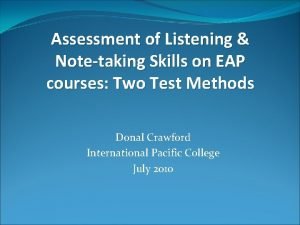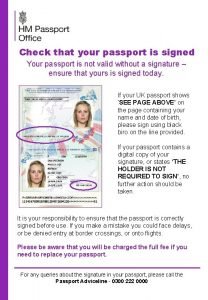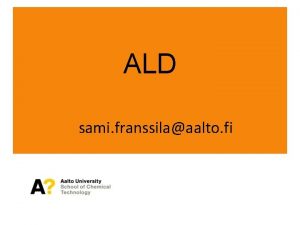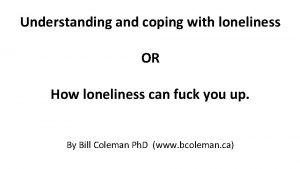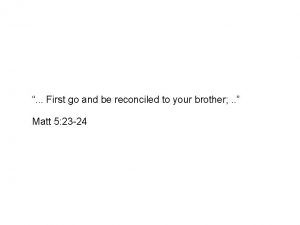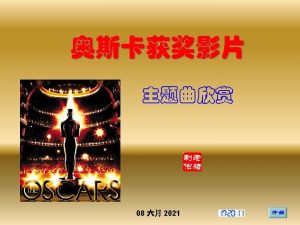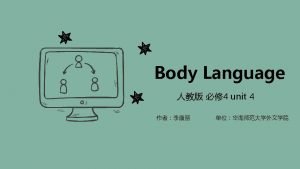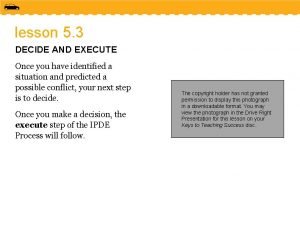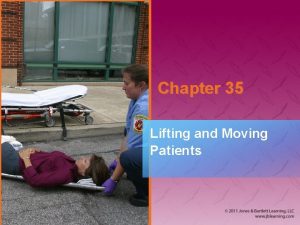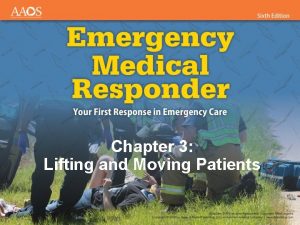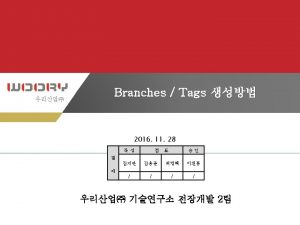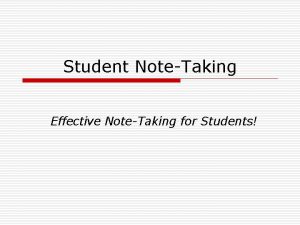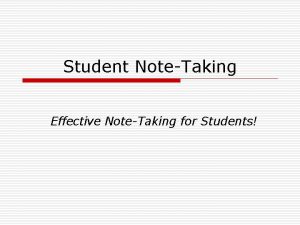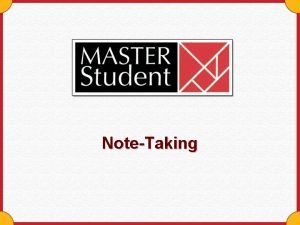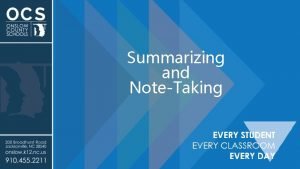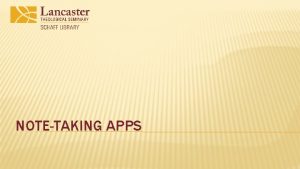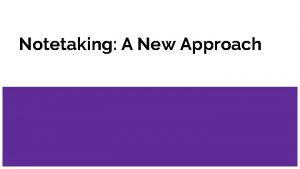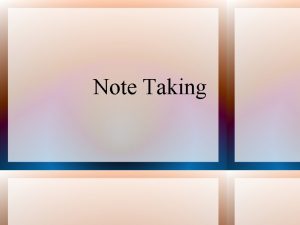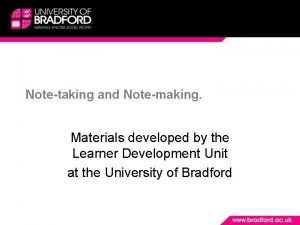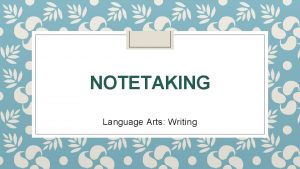Today p You need your notetaking materials p







































- Slides: 39

Today p You need your note-taking materials. p PHONES IN THE BACK !!!!

Empires of Russia + Asia 1450 -1750 AP World History

Rise of Empire: Russia p Ivan the Great III (1440 -1505) n n p Ivan the Terrible IV (1533 -1584) n n p Creates a strong army Used loyalties to the Orthodox Church Increased power of the tsar Deep distrust of powerful boyars; thought the Byzantine Empire fell because of “feuding, and disloyalty of it aristocrats, which had made it impossible to present a united front against Ottoman aggression. " Patterns of Expansion n Cossacks End independence of Central Asia Became an empire before it was a State

Ivan the Great Ivan the Terrible

Political Systems: Russia p Tsarist Autocracy n n p European-style military n p Bureaucracy Pugachev Rebellion Gunpowder Western Expansion n n Western capital Warm water port Partition of Poland Frequent wars with the Ottoman Empire

Peter the Great Consolidated autocracy in Russia and brought country into European state system p Largest state in the world from Baltic to Pacific Ocean p Window to the sea and the Great Northern War (contested the supremacy of the Swedish empire in Northern Europe—why important? ? ? ) p New Capital, St. Petersburg, a window opened to Europe to replace the cultural center of Moscow p

MC Ivan the Great declared that the Russian empire was the successor to which great empire? A) Han China B) Rome C) Mongol Empire D) The Ottoman Empire E) The Golden Horde

MC p p p Ivan IV, called Ivan the Terrible, A) wished to confirm tsarist autocracy by attacking the authority of boyars. B) abandoned the principles of territorial expansion in favor of centralizing power at home. C) allied himself with the Russian aristocracy in a policy of political decentralization. D) was responsible for the incorporation of Poland into the Russian empire. E) destroyed the hold of the Vikings on Russia and eastern Europe.

Social Systems: Russia p Rise of Serfdom n Encouraged by the government p Made hereditary in 1649 n Strengthened by Catherine the Great--Despite her 'enlightened views' serfs suffered worst under Catherine. Conditions of Serfs n Serfs could be bought & sold n Used village governments to regulate lives n Illiterate and very poor Led to rebellions n Pugachev rebellion (or the Cossack Rebellion) n p p Lacked the bureaucracy needed to control the people

Culture: Russia p Westernization n Peter the Great p p Traveled to the West to study science & technology Modernized the military & the economy Women were given more freedoms Encouraged Western culture

Peter the Great…Beard Trimmer p p In 1698, Emperor Peter I of Russia instituted a beard tax to modernize the society of Russia following European models. Those who paid the tax were required to carry a beard token. This was a copper or silver token with a Russian Eagle on one side and on the other, the lower part of a face with nose, mouth, whiskers, and beard. It was inscribed with two phrases: "the beard tax has been taken" and "the beard is a superfluous burden". Those who resisted the ban on beards were forcibly and publicly shaved.

Beard Token

Culture: Russia p Catherine the Great n n Enlightened despot Built schools and hospitals Religious tolerance Patronized Western art p n p Hermitage Museum Censored political writings that encouraged democracy and abolition of serfdom Radischev--published a polemical study of the problems in Russia under Catherine the Great. Book was immediately banned and Radishchev sentenced, first to death, then to banishment in Catherine the Great

Catherine the Great p Views on ruling… n n ”I shall be an autocrat: that's my trade. And the good Lord will forgive me: that's his. ” “In politics a capable ruler must be guided by circumstances, conjectures and conjunctions. ”

Hermitage Museum

Ming Dynasty (1368 -1644) p Yuan Dynasty came to an end in 1368 n p Chinese attempt to eliminate Mongol cultural influence by emphasizing Chinese traditions Ming Government n n Reestablished Confucian bureaucracy Revived civil service exams Reopened imperial academies Moved capital to Beijing p n Built the Forbidden City Expanded into Central Asia & Manchuria

Ming Dynasty

Forbidden City

Ming Economy p New American crops expanded agriculture n n Sweet potato, maize, peanuts Led to rapid population growth p p Population growth aided manufacturing by keeping wages low n p p Limited need for labor saving devices Launched expeditions into the Indian Ocean n p Went from 100 million in 1500 to 225 million by 1750 Zheng He voyages Limited trade with Europeans to Macao & Canton “the Silver Sink”

Zheng He vs. Columbus

Ming Society p Strengthened/ Returned to traditional Chinese values n n Filial piety Extended family system p n Emphasized loyalty to family Females remained subordinate Footbinding continued p Female infanticide was not uncommon p Widows were discouraged from remarrying & widow suicide was often encouraged p n Confucian-based social hierarchy

MC p All of the following were sources of disappointment to the Europeans who arrived in Asia in the 16 th and 17 th centuries EXCEPT p A) Asians were uninterested in European trade goods. B) Asians were uninterested in converting to Christianity. C) Asian civilization seemed materially impoverished. D) the Europeans were too few in numbers to exert force on Asian kingdoms. E) Asian culture was thriving and diverse. p p

Ming Culture Promoted Neo-Confucianism p Emphasized Chinese tradition p Literature p n Monkey, the Water Margin, etc. Pottery (blue/white) p the Great Wall p

Great Wall

Fall of the Ming Dynasty p Internal economic collapse n Flow of silver and Ming tax policies Disruption of trade p Extravagant lifestyle of the imperial family p Declining efficiency of the government p A series of famines in the early century p Peasant revolts p External invasions p n Manchu invaders easily defeated Ming dynasty p Establish the Qing dynasty (1644 -1912)

Which of the following statements concerning Ming social organization is most accurate? p p p A) The adoption of more Buddhist beliefs began to break down the strict patterns of deference that had been customary in Han and Song China. B) Occupational alternatives for women of all social levels dramatically expanded during the Ming era. C) Among the groups granted almost total freedom from the bonds of social status were the students seeking entry into the scholar-gentry. D) Under the continued influence of neo-Confucian ideology, Ming society remained rigidly stratified with emphasis on deference of youth to elders and women to men. E) Social roles were more flexible than before due to the influence of Jesuit missionaries such as Matteo Ricci.

Qing (Manchu) Dynasty (16441912) p p Descendants of the Jurchen (northern nomads)— another foreign ethnic group (Xiongnu, Mongols) Became largest country in the world Bureaucrats from the Ming pledged support due to the weakness of previous emperors. Like the Ming, highly centralized state n n n p Son of heaven mandate in place Highly privileged and secluded life at the imperial court Kowtow and creation of the “Theatre State” Food production (new crops from New World) leads to larger workforce, more goods manufactured, & economic growth.

Qing (Manchu) Dynasty (16441912) p p Descendants of the Jurchen (northern nomads)— another foreign ethnic group (Xiongnu, Mongols) “Manchu and Han are one family”—the reality was much different… n n Maintained racial separation from the Han (interracial marriage forbidden) Native Chinese forbidden from learning Manchu language Manchus received preferential judicial treatment and reduced punishments. Maintained diversity and Han dominance amongst the scholar bureaucrats, but Manchus received more prestigious appointments and higher salaries.


Unification of Japan p Four centuries of feudal warfare ended in 1600 CE n Oda Nobunaga (d. 1582) Introduced firearms to Japanese warfare p Made alliances with Christian missionaries p n n Toyotomi Hideyoshi (d. 1598) Tokugawa Ieyasu (d. 1616) Finally unified Japan in 1603 p Starting the Tokugawa Shogunate p p Japan becomes a feudal “monarchy”

Japanese Isolation p Early support foreigners replaced with xenophobia n n p Passed a series of seclusion acts n p Many rejected Chinese learning Supported the “school” of National Learning Japanese seclusion act of 1636 Limited influence of the West n n Dutch were limited to the port of Nagasaki Some interest in Western ideas continued p Schools of Dutch Studies

The isolationism of the Tokugawa government included A) B) C) D) E) Forbidding Japanese from going abroad Forbidding Chinese and Dutch merchants from trading at Nagasaki Forbidding scholars of neo-Confucianism from teaching in Japan Banning all foreign religions such as Confucianism and Buddhism All of the above

Answer: A

Tokugawa Culture p Tea houses, brothels, theater, and public baths were popular n p New forms of theater: kabuki & bunraku (elaborate puppet shows) Ukiyo-e or “woodblock prints”





 Listening and notetaking skills
Listening and notetaking skills Split speech
Split speech Put your right foot in
Put your right foot in How do you sign your new passport
How do you sign your new passport I _____ my homework last night because i was sleepy.
I _____ my homework last night because i was sleepy. For todays meeting
For todays meeting Today's class will be at
Today's class will be at Meeting objective
Meeting objective Fingerprint galton details
Fingerprint galton details Today's lesson or today lesson
Today's lesson or today lesson Example of repitition
Example of repitition You say you love the rain but you open your umbrella
You say you love the rain but you open your umbrella I wish you strength
I wish you strength How you use ict today and how you will use it tomorrow
How you use ict today and how you will use it tomorrow Green plants make their own food by photosynthesis
Green plants make their own food by photosynthesis Materials today
Materials today Cant stop the feeling go noodle
Cant stop the feeling go noodle What useful and harmful
What useful and harmful Man made map
Man made map What is adopting materials
What is adopting materials Direct materials budget with multiple materials
Direct materials budget with multiple materials Give us your hungry your tired your poor
Give us your hungry your tired your poor Accept your loneliness you are your only friend
Accept your loneliness you are your only friend Be reconciled to your brother
Be reconciled to your brother The way you see your body is
The way you see your body is Please clean your room
Please clean your room Breast tenderness early pregnancy
Breast tenderness early pregnancy Oh my love my darling unchained melody
Oh my love my darling unchained melody Salvation has come to this house
Salvation has come to this house Create your azure free account
Create your azure free account Sprite catchphrase
Sprite catchphrase You are good and your love endures forever
You are good and your love endures forever How old is your name
How old is your name Happpy nod
Happpy nod You separate hazards when you adjust your
You separate hazards when you adjust your Condition type 3
Condition type 3 Types of lifting and moving patients
Types of lifting and moving patients Urgent move emt
Urgent move emt Straddle slide method
Straddle slide method Thank you for your attention do you have any questions
Thank you for your attention do you have any questions
